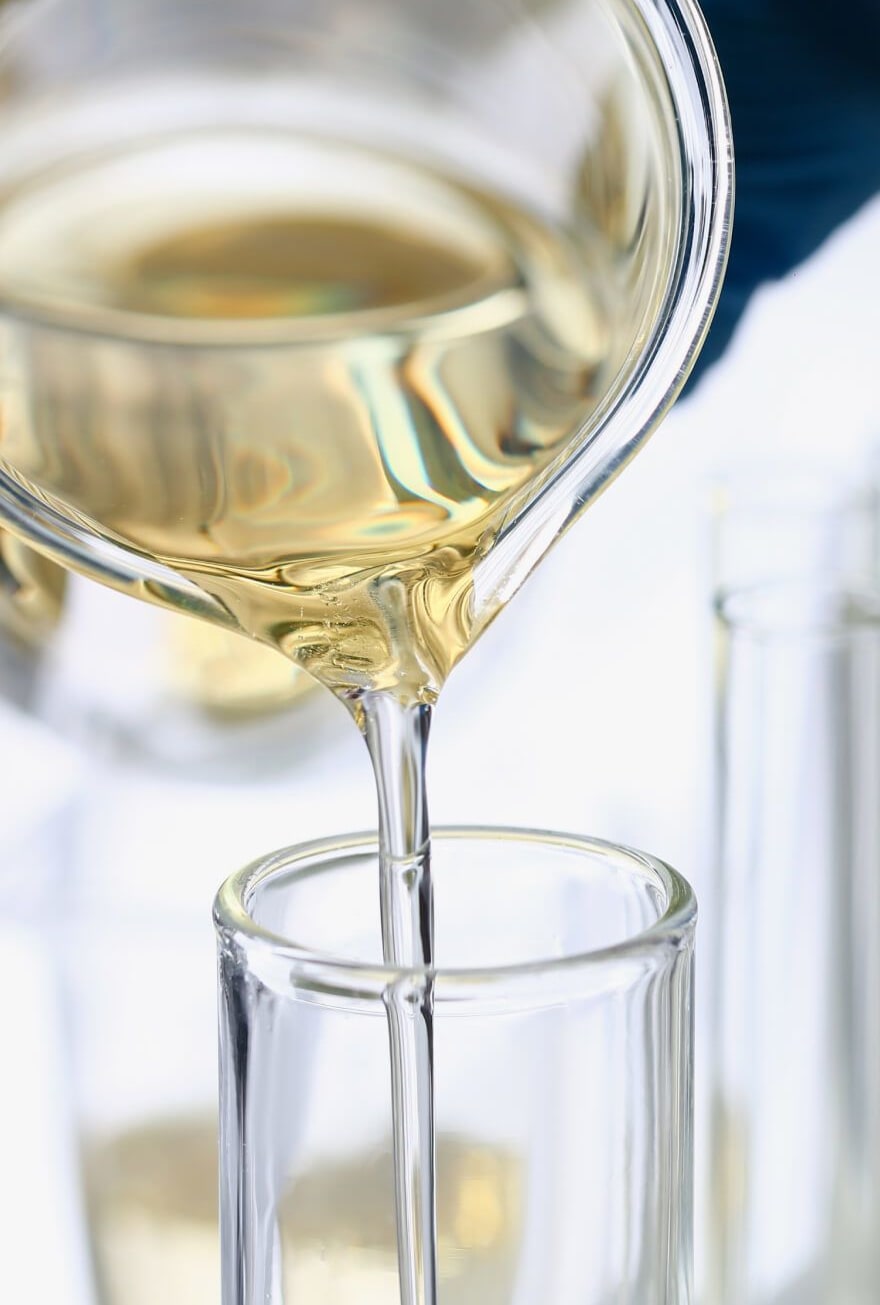Knowde Enhanced TDS
Identification & Functionality
- Chemical Family
- Chemical Name
- Fluids & Lubricants Functions
- CAS No.
- 68937-83-7
- EC No.
- 273-094-6
- Technologies
Features & Benefits
- Fluids & Lubricants Features
- Product Benefits
- Hydrolytically stable, resistant to breakdown in the presence of water
- Excellent lubricity versus industry standard.
- Hard water tolerance capabilities
- Low foaming capabilities
- Oil soluble.
STEPAN® MWA Products Product Class Sub-Class Functional Characteristics Emulsification Lubricity Antifoaming Metal Cleaning Hard Water Tolerance Antimisting Corrosion Inhibition Coupling Agent Biocidal Inert 500 Series Esters Methyl X X Simple X X X Complex X X Hydrolytically Stable X X X
Applications & Uses
- Markets
- Fluids & Lubricants Type
- Fluids & Lubricants End Use
- Applications
Stepan Methyl Esters can be used as either solvents or cosolvents in metalworking, die casting and metal forming processes. They can be used in straight oils, semi-synthetic and full synthetic formulations to provide lubricity and film forming properties. Additionally, STEPAN MWA-500 can be used in oil or solvent based concrete form release products for low staining and excellent release characteristics.
Properties
- Physical Form
- Appearance
- Clear to hazy liquid (at 25°C)
- Insoluble in
- Water
- Soluble in
- Kerosene, Methanol, Xylene
- Typical Properties
| Value | Units | Test Method / Conditions | |
| Acid Number | max. 1 | — | — |
| Boiling Point | min. 100 | °C | — |
| Color | max. 1 | — | Gardner Scale |
| Density (at 25°C) | 0.87 | g/ml | — |
| Flash Point | 78 | °C | PMCC Flash Point Tester |
| Iodine Number | max. 1 | — | — |
| Melting Point | -37 | °C | — |
| Moisture Content | max. 0.1 | % | ASTM E 1064 |
| Saponification Value | 332 | — | — |
| Viscosity (at 25°C) | 2 | cPs | — |
| Volatile Organic Compound | 98 | % | CARB, Attachment B |
Regulatory & Compliance
- Chemical Inventories
- Clearances
The international inventories (country clearances) of STEPAN MWA-500 can be found in Section 15 of the Safety Data Sheet (SDS). It is the responsibility of the formulator to review the chemical control regulations for each country where the end-product is intended to be sold or used.
Packaging & Availability
- Packaging Type
- Standard Packaging
STEPAN MWA-500 is available in drums.
Storage & Handling
- Storage & Handling
- Normal safety precautions (i.e. gloves and safety goggles) should be employed when handling STEPAN Methyl Esters. Use products away from sparks and open flame in a well-ventilated area. Contact with the eyes and prolonged contact with the skin should be avoided. Wash thoroughly after handling materials. See SDS for more information. Product temperatures over 130°F (54°C) are not recommended.
- STEPAN Methyl Esters can be stored in vessels of carbon steel, but 316 or 304 stainless steel is preferred. Tanks should be closed with venting through a gooseneck vent. The methyl esters should be stored between 90-110°F (32-43°C). External steam panel coils can be used if heating is required. Pumps, pipes, and transfer lines can be carbon steel, but 316 or 304 stainless steel is preferred. Rubber hoses are not recommended for extended use as methyl esters attack rubber. Drums should be stored in sealed containers at a temperature of 90-110°F (32-43°C). Storage under nitrogen will prevent degradation of the product over time.
- Workplace Exposure
Workplace Occupational exposure can occur primarily through skin contact or via inhalation of vapors and mists. Engineering controls, personal protective equipment, and other workplace practices should be used to control these exposures. See SDS for more information.

